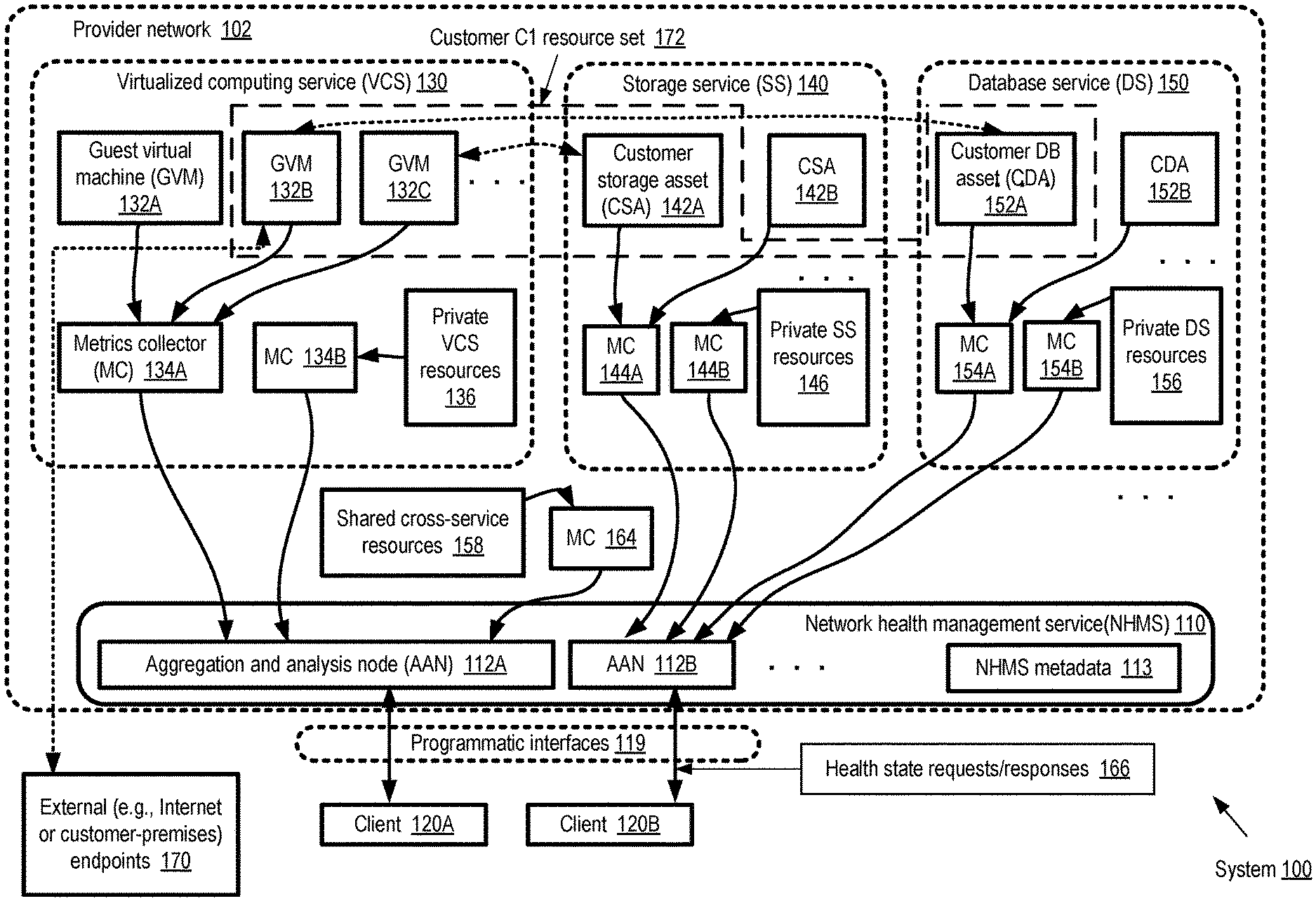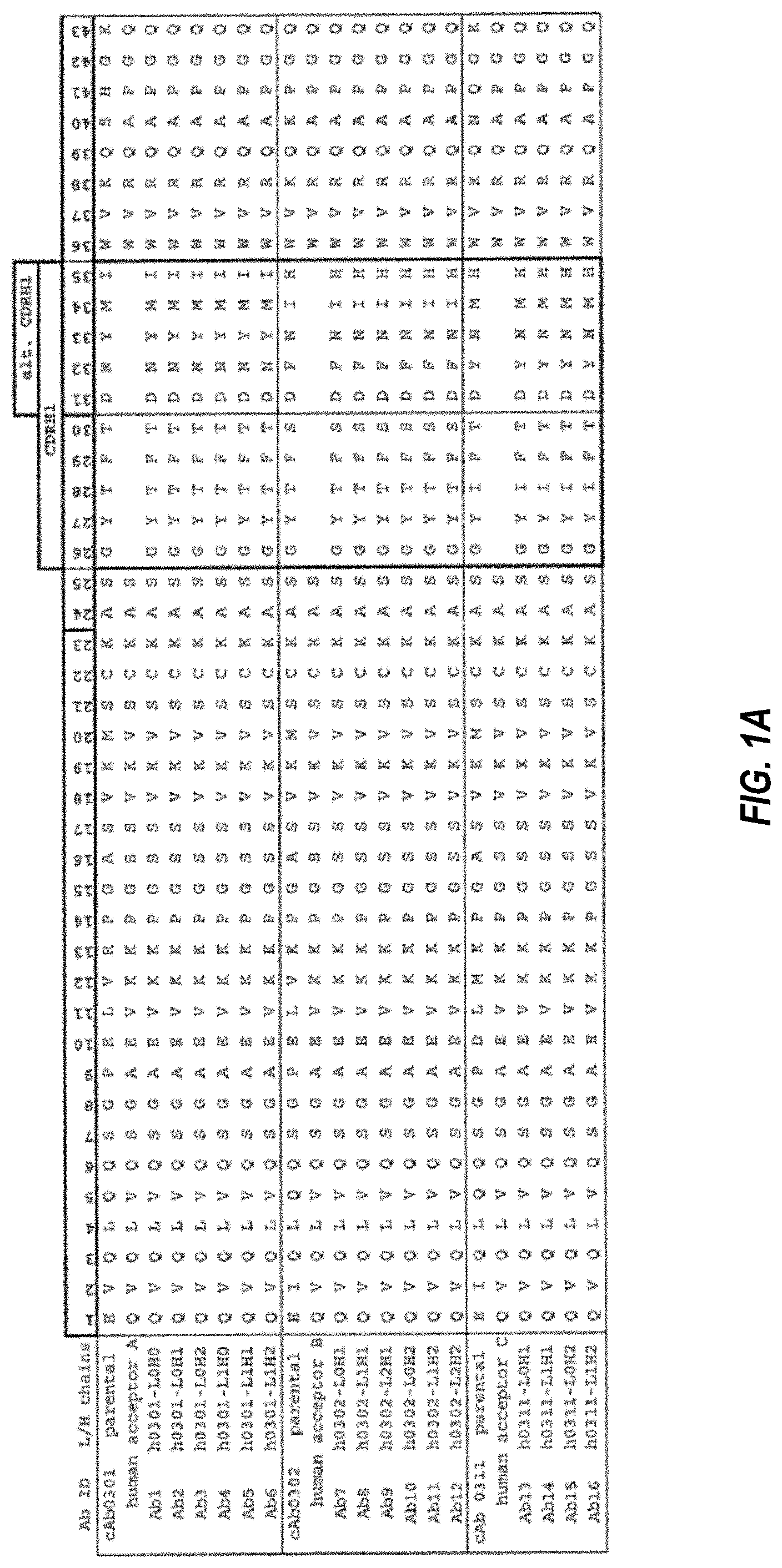Invented by Kenneth Grey Richards, Schuyler David Thompson, Adam Siefker, Kevin Christopher Miller, Meenakshi Rameshkumar, Amazon Technologies Inc
One of the main drivers of this market is the increasing adoption of electronic health records (EHRs) by healthcare providers. EHRs contain a wealth of patient information, including medical history, lab results, and medication records. By aggregating this data, healthcare organizations can gain valuable insights into patient populations, identify trends, and make informed decisions about patient care.
Another factor contributing to the growth of this market is the proliferation of wearable devices and mobile health apps. These devices and apps collect a wide range of health data, including heart rate, sleep patterns, and physical activity. By aggregating this data with other health information, healthcare organizations can gain a more comprehensive view of patients’ health and well-being.
Furthermore, the increasing focus on population health management is driving the demand for network health data aggregation services. Population health management involves the proactive management of the health of a defined population, with the goal of improving health outcomes and reducing healthcare costs. By aggregating and analyzing health data from various sources, healthcare organizations can identify high-risk patients, target interventions, and track outcomes.
The market for network health data aggregation services is also benefiting from advancements in technology, such as big data analytics and artificial intelligence (AI). These technologies enable healthcare organizations to process and analyze large volumes of health data quickly and efficiently. AI algorithms can identify patterns and trends in the data, helping healthcare providers make more accurate diagnoses and treatment decisions.
In addition to healthcare providers, other stakeholders in the healthcare industry are also recognizing the value of network health data aggregation services. Payers, such as insurance companies and government agencies, can use aggregated health data to assess the quality and cost-effectiveness of healthcare services. Pharmaceutical companies can use the data to identify patient populations for clinical trials and monitor the safety and efficacy of their drugs.
However, there are challenges that need to be addressed in the market for network health data aggregation services. One of the main challenges is ensuring data privacy and security. Health data is highly sensitive and subject to strict privacy regulations, such as the Health Insurance Portability and Accountability Act (HIPAA) in the United States. Healthcare organizations need to implement robust security measures to protect patient data from unauthorized access and breaches.
Another challenge is the interoperability of health data systems. Health data is often stored in different formats and systems, making it difficult to integrate and analyze. Healthcare organizations need to invest in interoperability solutions that enable seamless data exchange and aggregation.
Despite these challenges, the market for network health data aggregation services is expected to continue growing in the coming years. The demand for data-driven insights and evidence-based decision-making in healthcare is only increasing, and network health data aggregation services play a crucial role in meeting this demand. As technology continues to advance and healthcare organizations become more data-driven, the market for these services will likely expand further, offering new opportunities for innovation and improvement in patient care.
The Amazon Technologies Inc invention works as follows
Respective networks metrics sets that correspond to one or multiple data sources are examined by a network manager. Based on the analysis, network health states are determined for one or more endpoint pairs. “An indication of the health of a network is stored for a specific endpoint pair.
Background for Network health data aggregation service
Many companies and organizations run computer networks to interconnect multiple computing systems in order to support their business operations. These networks may be co-located, e.g. as part of a network local, or located at different geographical locations, e.g. connected by one or more public or private intermediate networks. Data centers with large numbers of interconnected systems are becoming more common. These include private data centres operated by a single company, as well as public data centers operated by businesses that provide computing resources to their customers. Public data center operators may provide network access, secure installation, and power for the hardware of various customers. Others provide “full service”. Facilities that include hardware resources available to their customers.
The advent of virtualization technology for commodity hardware provided benefits in managing large-scale computing resource for many customers who have diverse needs. It allowed various computing resources to efficiently and securely be shared by several customers. Virtualization technologies, for example, may allow multiple users to share a single physical host virtualization by providing them with one or several virtual machines hosted on the host virtualization. Virtual machines can be software simulations that act as distinct logical computer systems. They give users the illusion of being the only operators of certain hardware computing resources, and provide application isolation and security between the virtual machines. Virtualization can also provide virtual resources that span multiple physical resources. For example, a virtual machine that has multiple virtual processors and spans several distinct physical computing systems.
In many cases, virtualized computing service customers may not be able to control the virtualization hosts that are selected for their virtual machine, or the network paths used for the inbound and outbound traffic for their virtual machine. Customers may instead rely on virtualization hosts and networks paths selected by the virtualized computing services provider to support the desired levels in terms of performance, reliability, etc. Customers may perceive that the resources they are using appear as ‘black boxes’, without many tools for troubleshooting and analysis. When applications experience performance or functionality problems, customers may find it difficult to determine whether these problems are due to infrastructure issues that are beyond their control or if they are the result of application bugs or configuration errors.
BRIEF DESCRIPTION DES DRAWINGS
FIG. “FIG.
FIG. “FIG.
FIG. “FIG.
FIG. “FIG.
FIG. “FIG.
FIG. “FIG.
FIG. “FIG.
FIG. “FIG.
FIG. “FIG.
FIG. “FIG. 10 illustrates a web-based example interface that may be used by a virtualized computing services client to provide high level network health state data, according to some embodiments.
FIG. “FIG.
FIG. “FIG. 12 illustrates a web-based example interface that may be used for specifying health-related metrics displayed in relation to different resources allocated to a customer, according to some embodiments.
FIG. “FIG.
FIG. “FIG.
FIG. “FIG.
FIG. “FIG.
FIG. “FIG.
Click here to view the patent on Google Patents.









